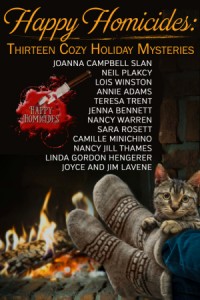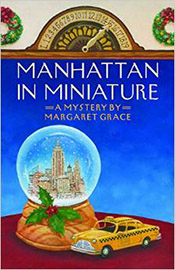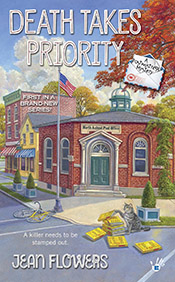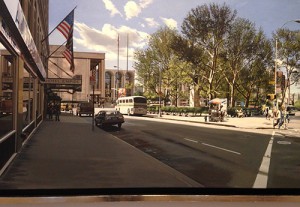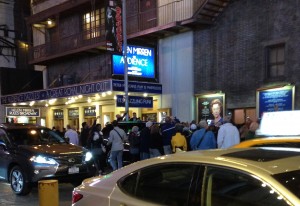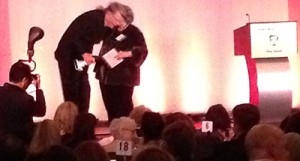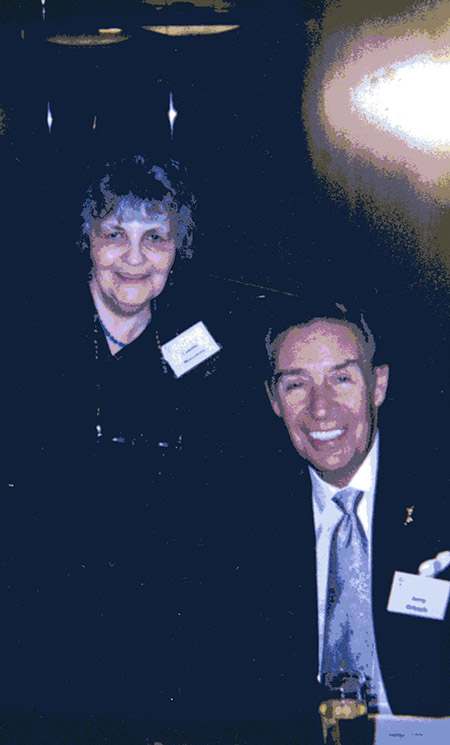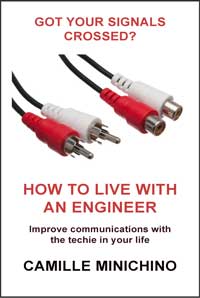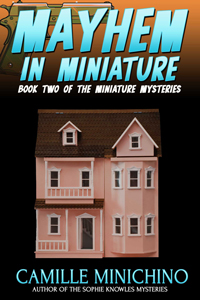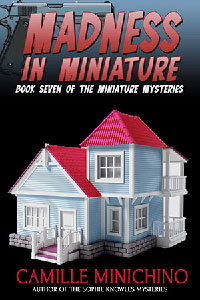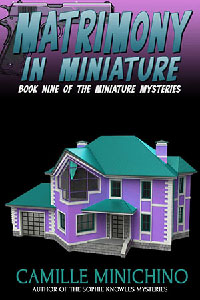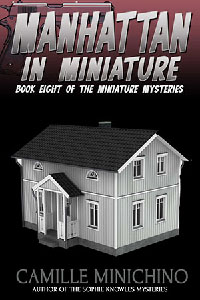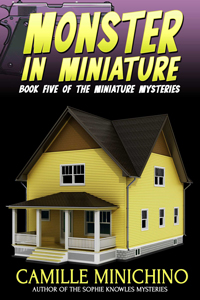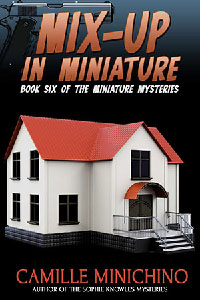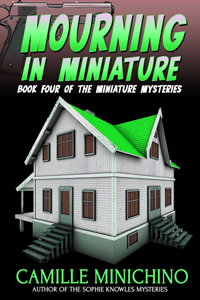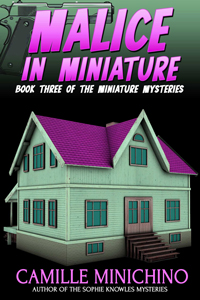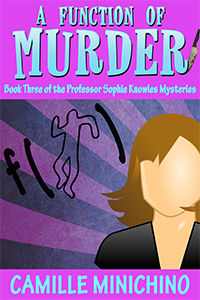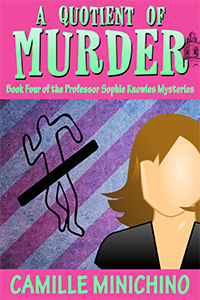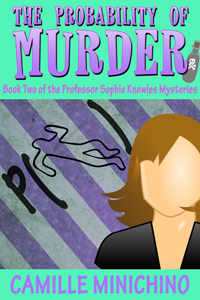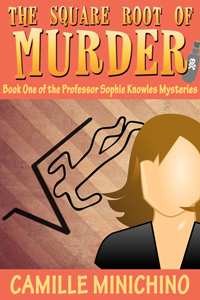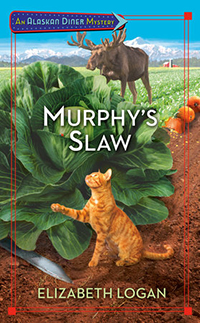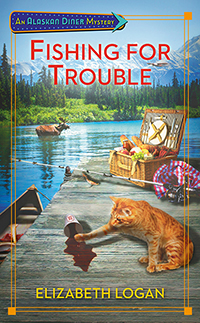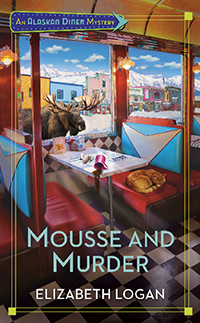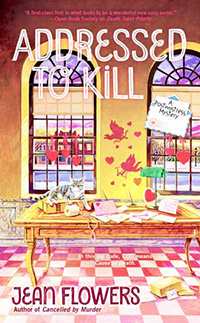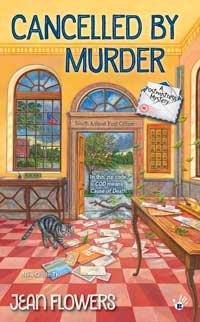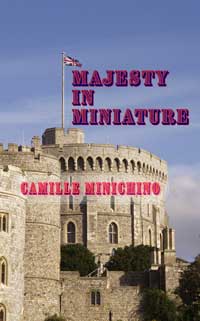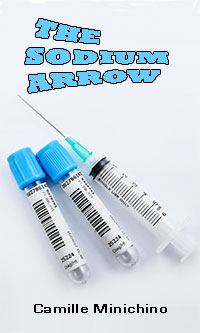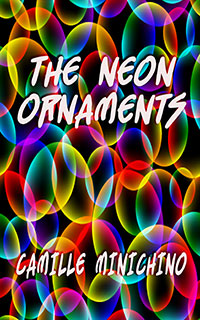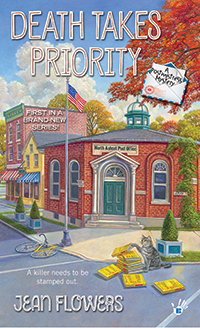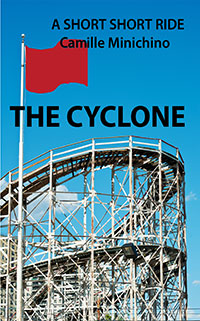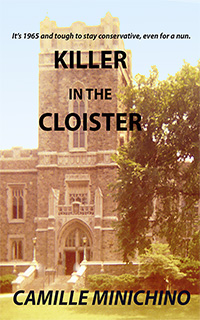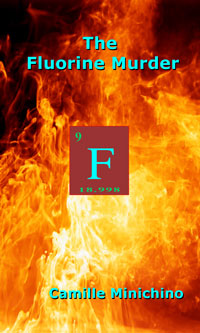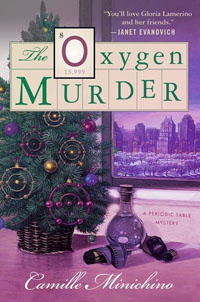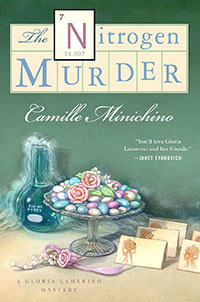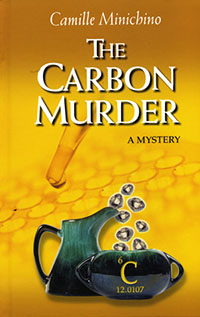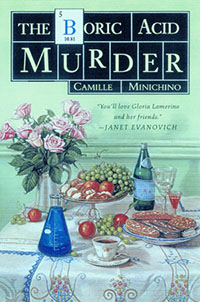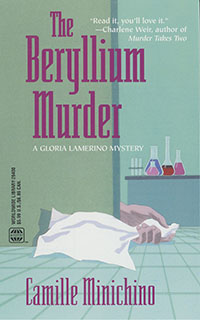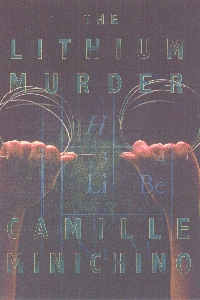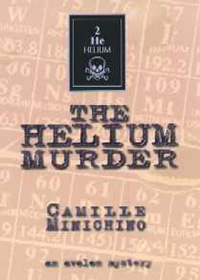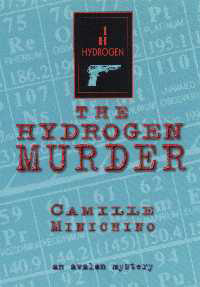My guest blogger today is my good friend and writer, Jo Mele. Jo is the published author of The ABCs of Asperger’s Syndrome, Parent’s Magazine, Third Times A Charm, Reminisce Magazine, and Flowers, Fauna and Firearms, Lamorinda Press. She has recently completed her first cozy, ‘Mystery In Monaco’, and a memoir, ‘The Primo Grandmothers’. She is working on ‘Homicide in Havana’ based on her travels to Cuba. Hard to find a good crime spot with everyone watching everyone.
Here’s Jo at the NYPL with a friendly lion:
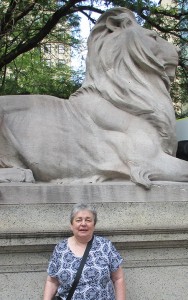
Patience and friend
EAST COAST – WEST COAST
Having lived on both the east and west coasts, I feel qualified to write about the similarities and differences of life, food, and murder on each coast. Caveat: being of a certain age I feel qualified to talk on any subject.
I came up with a few examples of location differences to think about when writing about murder. Second caveat: in my geography east coast means NYC. To me, considering West Palm Beach, Florida, or Portland, Maine, the east coast is laughable. When people think of the east coast they think of tall buildings, crowded sidewalks, subways, traffic, horns honking, sirens day and night. In other words cities have ear-splitting noises as background music.
City vs country locations
Killing someone in NYC and not being seen by a camera, drone, snoopy neighbor, cop, street person, dog walker, pervert, taxi driver, bag lady, or phone-carrying teenager is almost impossible today. The crime will be captured on someone’s camera. Your face, name, and mother’s maiden name will be on the web, before the body can drop to the sidewalk. If there’s enough room for the body to land on a sidewalk, in NYC.
My advice, take your victim to the west coast. In the geography book according to Jo, that means California. Portland, Oregon is not the first thing you think of when you think west coast any more than Portland, Maine screams east coast.
In California there are forests, desserts, mountains, cabins, abandoned mines, and any number of secluded spots to commit a crime. One can dispose of a body and not be seen by another camera- carrying human.
Method
Weather is a factor in planning a crime. Last year would’ve been a great time for a winter murder in the East. The corpse would still be covered in a pile of melting snow in June and the killer long gone. It’s harder to kill someone on a sunny California day, everyone’s outside chasing Frisbees or texting.
Food: Killing someone with food requires a return to the east coast. You will never die drinking bottled water and eating kale, salad, fruit, seeds, yogurt and gluten-free crackers.
NYC is perfect for death by food. Every corner has an ice cream wagon or food truck. NYC has the best cheesecake, corned beef, hot dogs, knishes, greasy egg rolls, Italian pastry, cupcakes, candy, and pizza to die for. The victim could die of natural causes and the killer would be in the clear and sunbathing in Palm Beach.
If you don’t have time to wait for natural causes, go west. Feed the vic the kale, etc. He will either die of starvation, or happily commit suicide after a week.
Means are still a factor. It’s a fact, the wealthy and connected get away with more crime than the poor. Don’t believe me? Look who’s in prison. Only the rich can hire the right sleazy attorney or hit-man, cover their tracks, and still have enough money to rent a house on a secluded island. The poor always get caught because they have nowhere else to go. They head back home where their ‘friends’ turn them in for a reward, or fifteen seconds of TV fame. The rich don’t worry about this, they have no friends.
Motive is outdated just look at the uptick in stranger murders, drive-by and gun violence in general. All a killer seems to need today is a target. Drive-by shootings are a west coast crime. If you try setting this method in NYC your killer won’t make it of the block. He will be tied up in traffic. The cops will walk up to his car and catch him with the smoking gun still in hand.

 Filed Under :
Filed Under :  Dec.10,2015
Dec.10,2015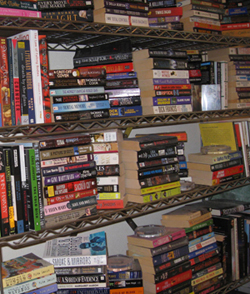

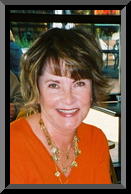

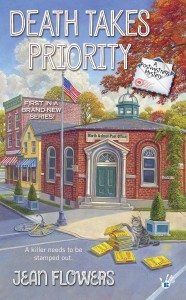
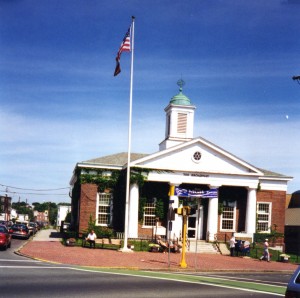
 Tags :
Tags : 